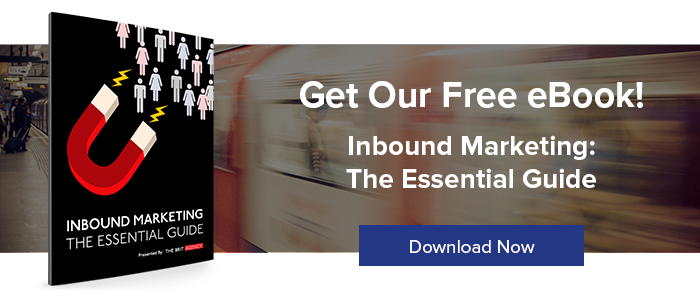It’s never a bad idea to do a website content audit, but it’s an especially useful Inbound Marketing task if you’re just starting to map your content.
Content Mapping is the process of aligning your website content with your buyer’s journey and helps you to provide the right content to your buyers when they need it.
Whether you have just started content mapping, or have been at it for a while, auditing the content you've already created is important. This will help you identify the kinds of content you currently have available and where gaps are present, so you can create new content.
Before we jump into the actual content audit process, you may want to get familiar with a few key terms.
Buyer Personas - Your buyer persona is a fictional representation of your ideal customer and will help ensure that every member of your team knows who they are engaging with and, more importantly, how to engage with them successfully.
If you haven’t yet created your buyer personas, head over to our blog about developing your B2B Buyer Personas.
Buyer’s Journey - The buyer’s journey is a three-step process that a potential buyer goes through before they make their final purchase, and it's a fundamental part of the Inbound Marketing process. The three stages of the buyer’s journey are Awareness, Consideration and Decision.
You potential customers will enter the buyer’s journey at different stages depending on how aware they are of your product. Eugene Schwartz, author of Breakthrough Advertising, has outlined five awareness levels that will help you better understand where in the journey your customers are.
Your Content Audit
The first thing you want to do is gather all of your content into one place. We recommend using a spreadsheet to organize all of the important information. It will come in handy later, when you are ready to analyze your results.
For each piece of content that is available on your website, identify the title and the URL (this is useful for quick reference). Content includes blogs, eBooks, whitepapers, templates, case studies, videos/podcasts and any other material that helps deliver valuable content to your website visitors.
This is where the buyer’s journey and your personas come in. Once you have gathered all of your content in one place, you will want to review each piece to determine two things:
- Which of your personas is the content targeting?
- At what stage in the buyer’s journey would your persona be looking for this information?
Create two columns, on your spreadsheet, one for identifying the journey stage and one for identifying your persona.
While you are digging into your content, you can take your analysis farther by looking at other factors such as how well-optimized the content is. This can be useful for other areas of your Inbound Marketing strategy but is not necessary, if you only want to focus on content mapping, at this time.
Once you are done gathering your data, it is time to analyze.
We recommend using excel charts to create graphic representations of your data. This will help you to quickly see where content gaps exist. Create a bar chart identifying how many pieces of content exist for each awareness stage, as well as one that shows how many pieces have been generated for each persona.
Once created, you will be able to identify where your content is focused, and which areas need more work. You can then use this new found knowledge to create a content map focused on these areas.
Looking for more information on content mapping? Check out our blog post on content mapping!


